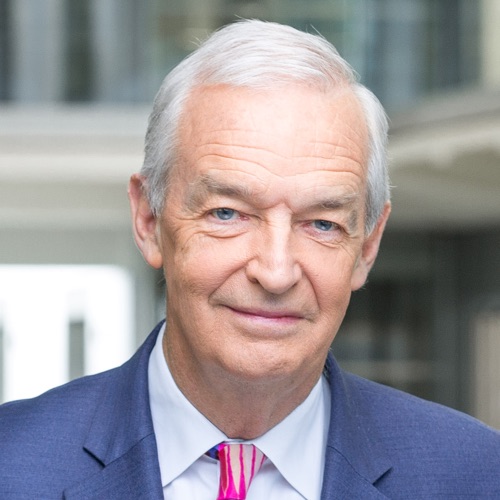Climate change: things can only get hotter
One of my colleagues in London attended a Met Office climate change briefing today at the Houses of Parliament, given by their top global warming specialist, Vicky Pope, ahead of December’s Copenhagen summit on climate change.
This is his summary of what was said: “It was very much about the science rather than the diplomacy. It was an attempt to give the official state of the science, as a context for Copenhagen.
“The press were mainly interested in her response to the leaked emails at the climate research unit of UEA – providers of one of the three “data streams” whose research goes into the IPCC work.”
Unsurprisingly she was bullish, saying the emails make no difference to the science which is massively peer reviewed, and that the other two “data streams” (Nasa and the National Climatic Data Center) both say the same things as the UEA.
It’s just another example of sceptics going to extraordinary lengths to “discredit the global warming signal”.
“Anyway, this is what she said: the last 10 years have all been in the top 15 hottest years ever. There has been a steady increase in global annual temperatures since the mid 19th century.
There’s no doubt about the world getting warmer. Man-made gases are the only explanation for this because they’ve done modelling that takes into account all the other things the sceptics go on about – solar activity, volcanic eruptions etc – and they don’t get this increase at all.
The official global position is from the IPCC who say it is “very likely” – meaning a more than 90 per cent chance – that global warming is man-made.
“They’ve done a new decade prediction. They say it’s the most accurate prediction yet, taking into account oceanic temperatures etc.
“This shows, they predict, that half the years between 2010 and 2019 will be hotter than 1998 – the hottest year ever.
“This year, incidentally, will be probably the fifth hottest year of all time – totally contrary to the sceptics’ obsession about how it’s been very wet. Figures showing this will come out on around the 15th December, i.e. week two of Copenhagen.
“Next year is expected to be even hotter – in fact there’s a 50 per ceny chance it’ll be hotter than 1998. This is because of El Nino (developing now).
“It’s true, as the sceptics say, that recent years have been a bit cooler. 2006 and 2007 were cool because of La Nina. But even so, they were within the range of the underlying trend, which is much much hotter.
For example, last winter was very cold – but in the era of Dickens we’d have had a winter as cold as that every five years. Now, it’s every 20 years. Overall, we are now 0.7 degrees warmer than when the industrial revolution began.
“They have done a world map which shows the impact of a four degree rise in temperatures. Needless to say it’s full of grim predictions.
“It will be published in full soon. One of the interesting things is that the temperature variations are so huge. In the Arctic a global rise of four degrees actually means a rise of 16 degrees.”
Apparently that’s to do with less ice reflecting back sunlight. It seems that lots of the Siberian permafrost might melt, with vast releases of methane, which some say might cause a “runaway” effect.
As far as Brazil is concerned, the main impact would be a massive loss of rainforest due to big reductions in rainfall.
“Emissions are currently rising two to three degrees annually. If nothing’s done to curb them, there may be a rise even as high as seven degrees over the next century.
“If emissions peak in 2016 and then fall at four degrees a year – vastly more than has ever been achieved – temperatures would probably stabilise at or just below a two degree rise.
Even on most optimistic modelling, the only way to guarantee staying below a two degree rise is, at some point this century, emissions not only ending but carbon starting to be removed from the air.”
